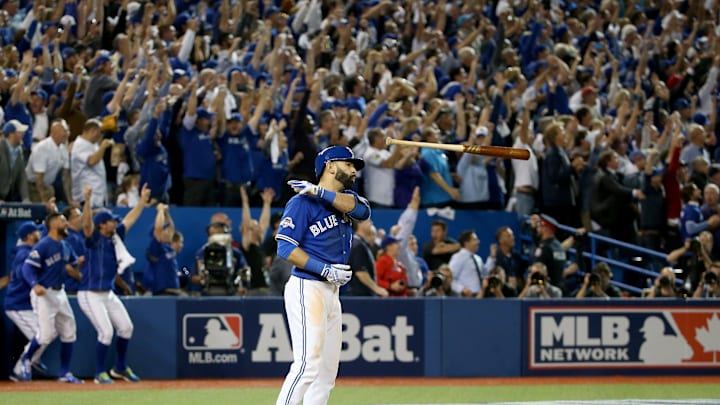The Blue Jays have had a wide variety of outfield talent since their inception in 1977. In a position that sees the speediest and most powerful players in the game, the Jays have given fans an array of baseball's best. Jose Bautista gave the team big time power, while others such as Jesse Barfield accumulated value through shifty defense. All of these players not only had impressive careers, but made a big impact on the team during their tenure. Some are remembered for game-changing hits, some are remembered for that "one catch". Regardless, the Jays wouldn't be the ball club they are today without these five players.
This article will use FanGraphs' version of Wins Above Replacement (fWAR) to create a proper all-time ranking of Jays' outfielders. While many of these players saw success with teams outside of the Jays, this list will only consider contributions with the Blue Jays. Only statistics from when these players were Jays will be used. Therefore, although a Hall of Famer, players such a Fred McGriff and George Bell ultimately fall short, as much of their careers were spent with other teams.
This list will also only consider primary outfielders. The players on this list saw the majority, if not all, of their playing time in the outfield. Blue Jays legend Carlos Delgado ranks second all-time in WAR with the Jays and saw occasional time in the outfield, but must be omitted since he was primarily a 1B/DH.
Now, without further delay, let's travel up the Jays' CN Tower of outfielders and dive into the team's all-time best.
